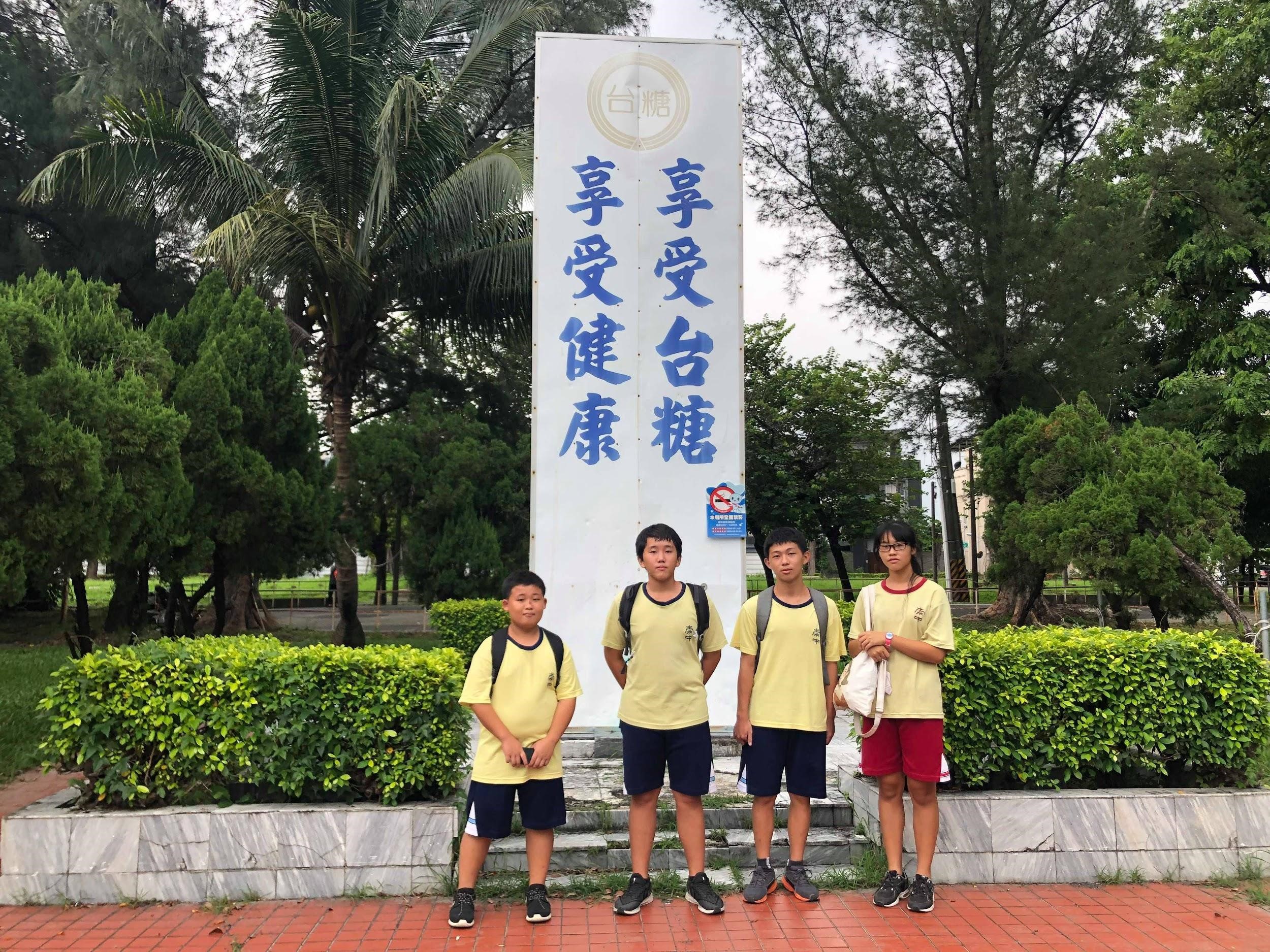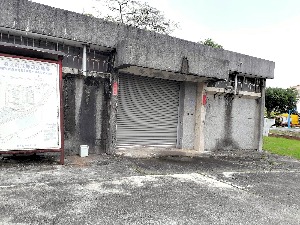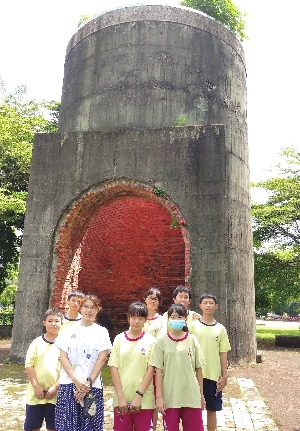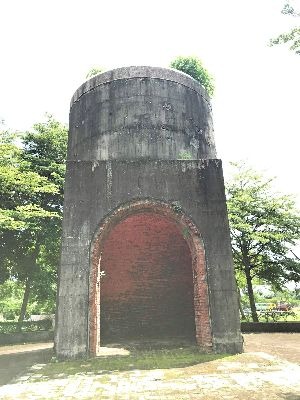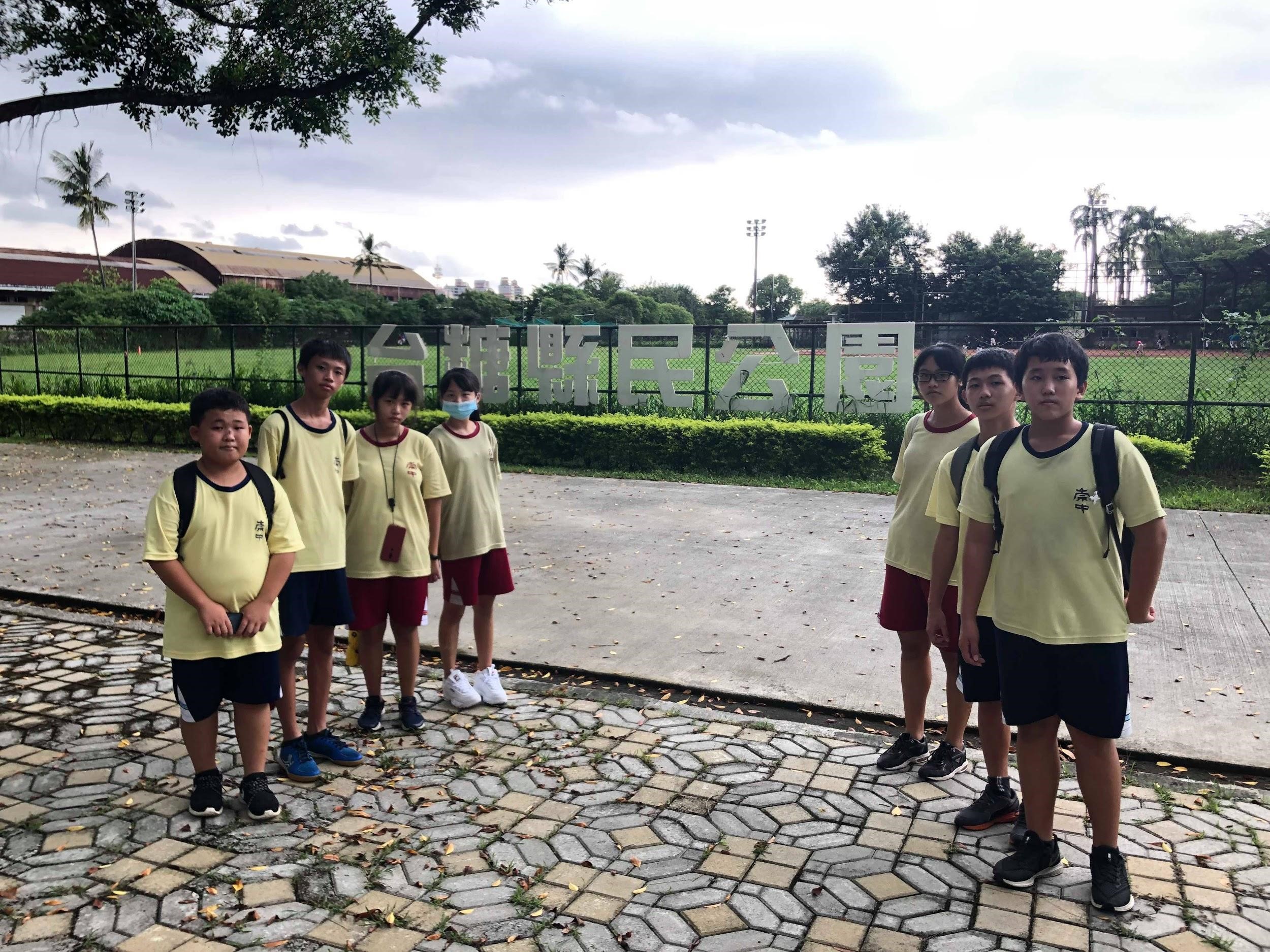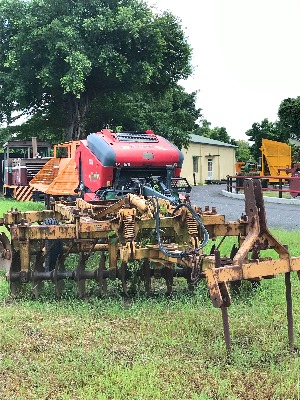Introduction
Pingtung sugar factory was once one of the three major general factories of Taiwan sugar industry company. During the Japanese reign, it was called aiche sugar institute. It was established by Taiwan sugar production society and started sugar production in 1909. After the recovery, affiliated to the second division of the Taiwan sugar company, renamed as the Taiwan sugar company pingdong district. Pingtung sugar mill was established at first purpose is to make sugar, but with the market demand shrinking, the international sugar prices depressed for a long time and the high cost of production factors, so the Taiwan sugar factory shut down several, now only Hu-wei sugar factory and Shan-hua Sugar Factory are in operation . Pingtung Sugar Factory ceased producing sugar , and established Tai-tang Cultural Museum to promote the development of tourism industry.

